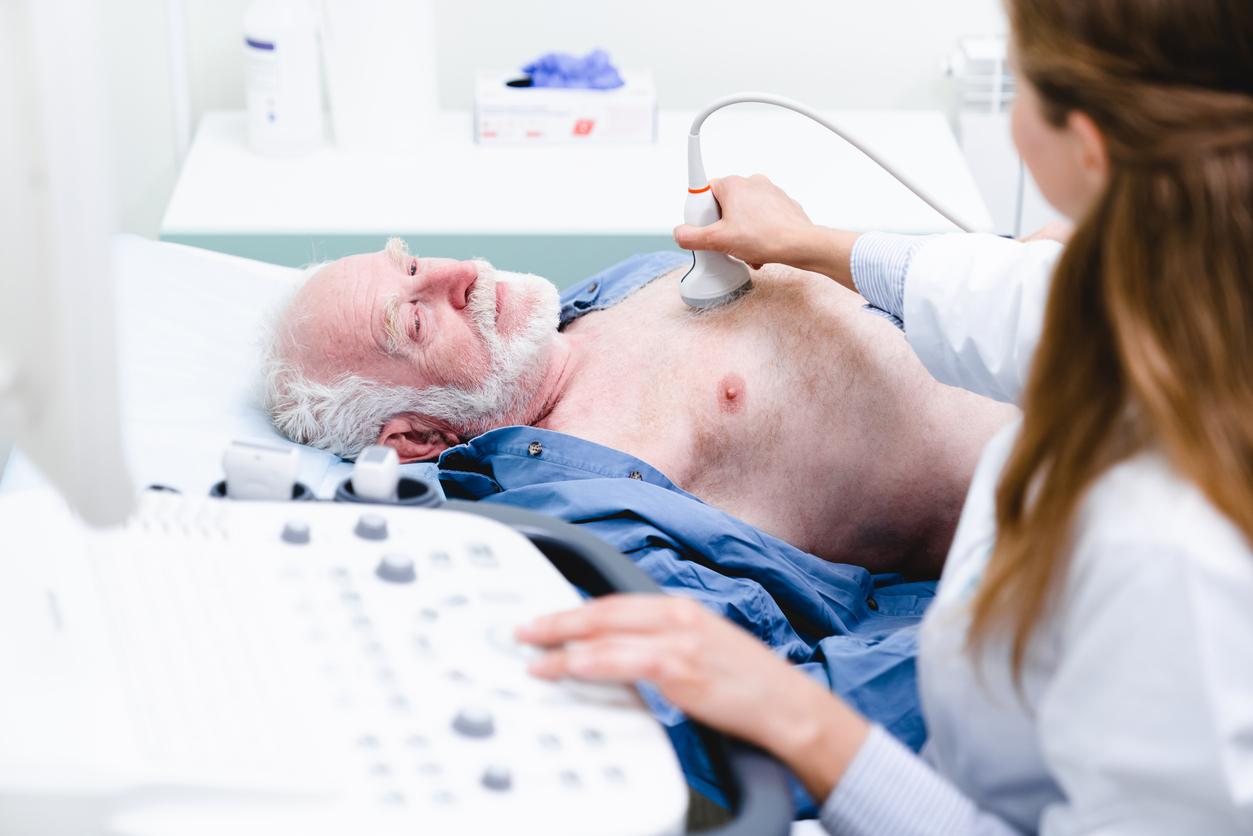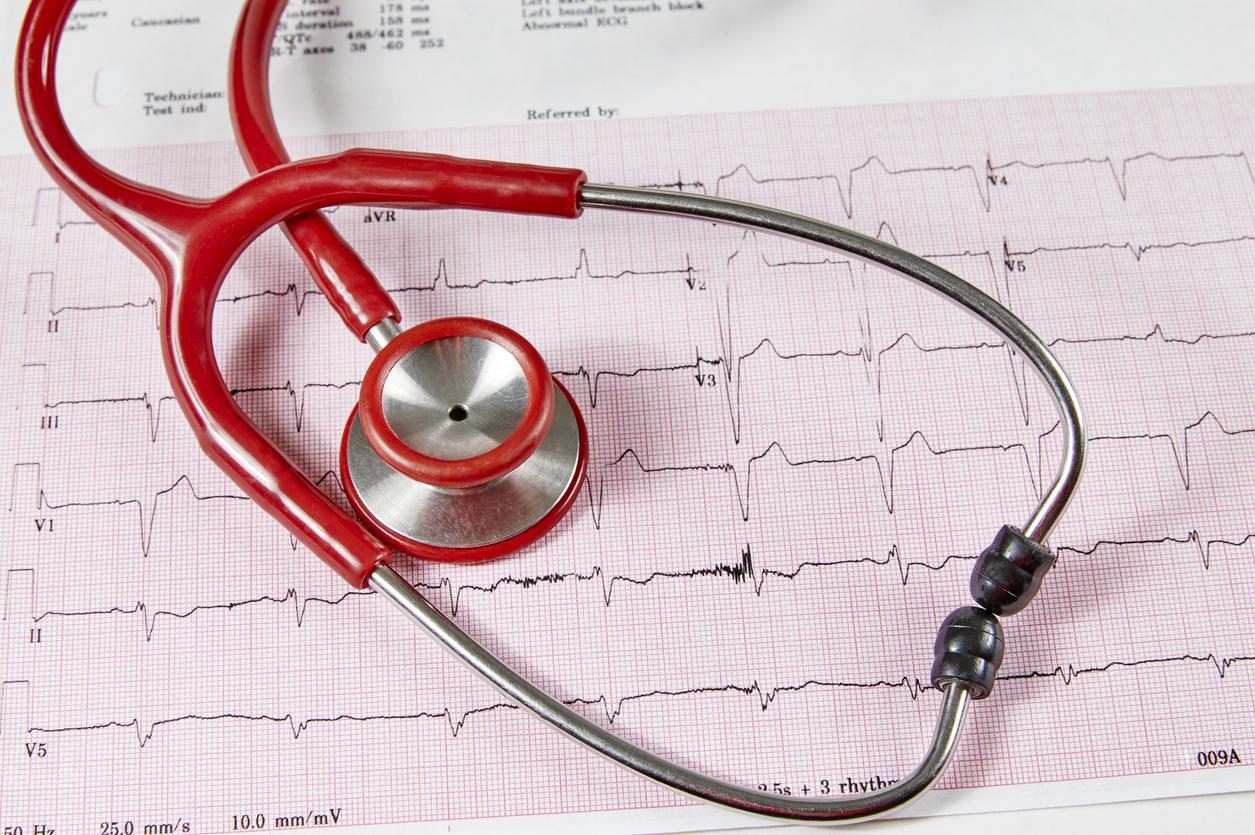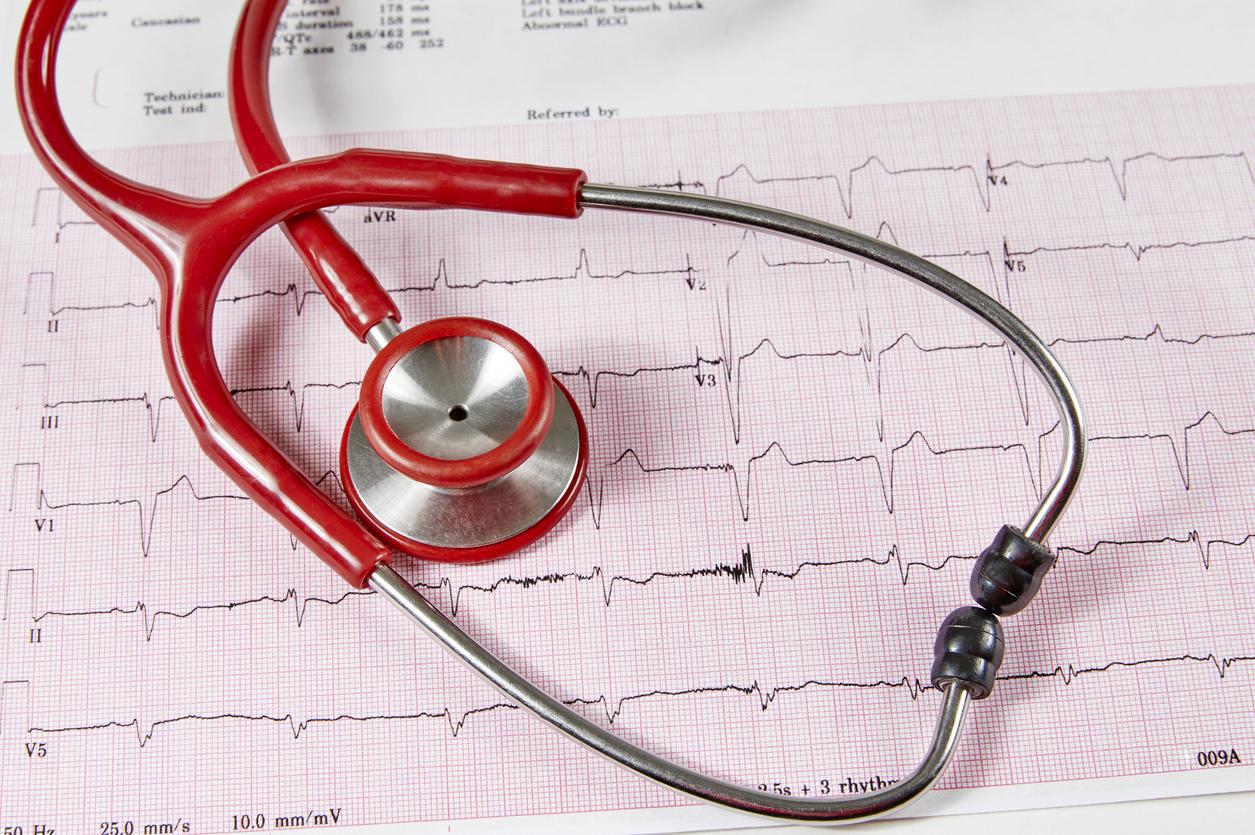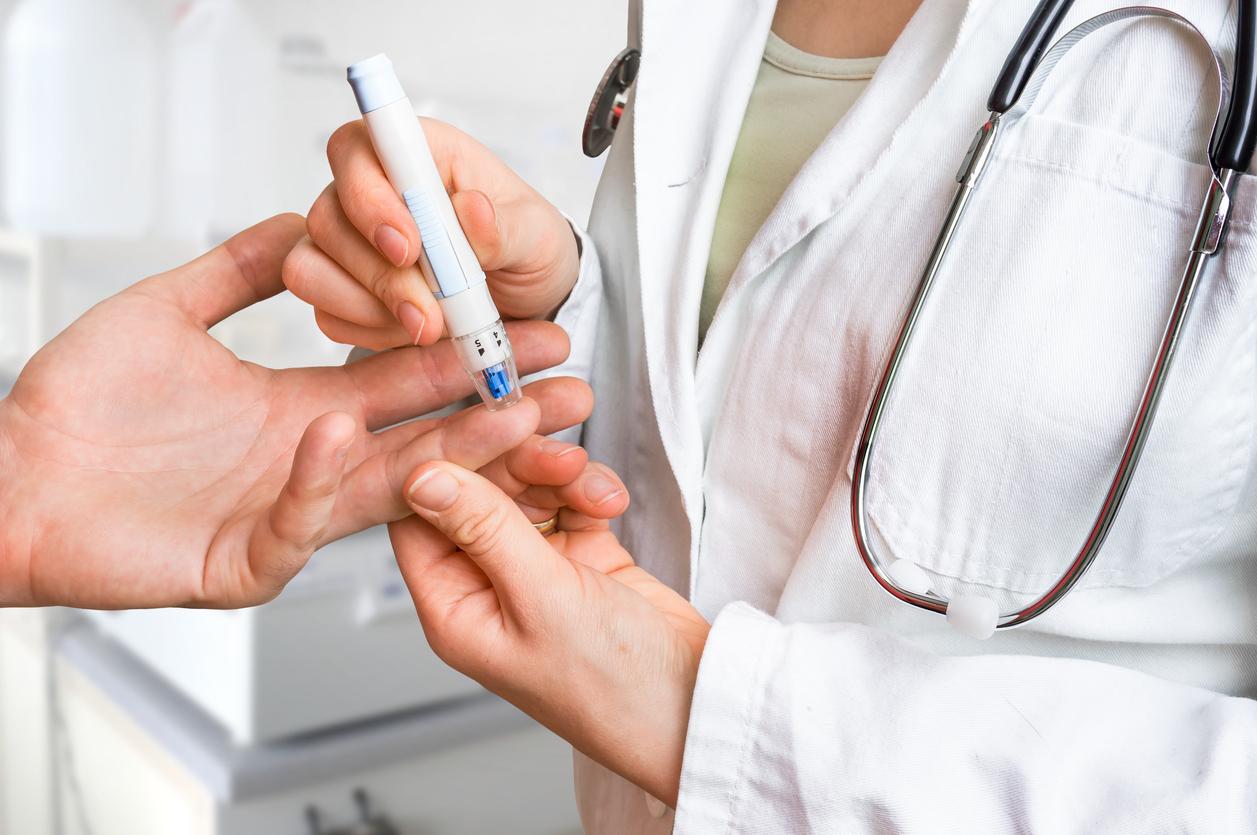For this week of action against atrial fibrillation, Dr Serge Boveda details for Why Doctor the different tests which make it possible to diagnose this heart rhythm disorder, which is often asymptomatic.
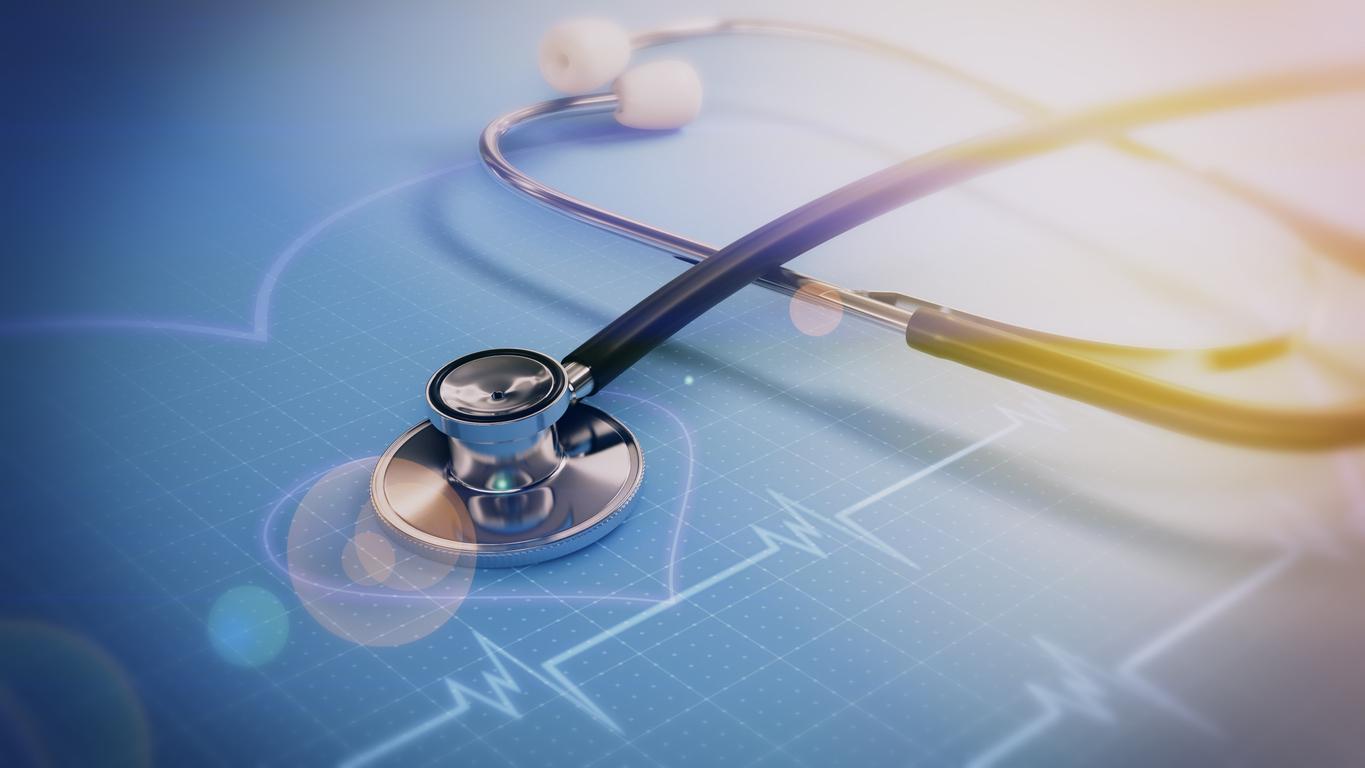
- Knowing the symptoms of atrial fibrillation is important to spotting it. These include discomfort, palpitations, dizziness or shortness of breath. However, in 30% of cases, the disorder is asymptomatic.
- The electrocardiogram is therefore the essential test to detect heart disease.
- More modern means are available such as event recorders, connected watches or even implantable monitors.
Atrial fibrillation, also called atrial fibrillation, is the most common arrhythmia among the French. This heart rhythm disorder, characterized by acceleration and irregularity of the heart, is responsible for nearly 20% strokes ischemic. Its diagnosis is essential. Dr. Serge Bovedafrom the Clinique Pasteur in Toulouse, details the tools and examinations available to doctors and patients to detect it.
Atrial fibrillation: the electrocardiogram is the essential examination for screen
One of the first ways to spot atrial fibrillation (FA) is to rely on the clinical picture. “Signs will alert us to the probability of an arrhythmia. When some patients complain of discomfort, palpitation, fainting (progressive discomfort where the subject has a feeling of empty head or visual blur which forces him to lie down, Editor’s note)dizziness and shortness of breath in certain situations, this will guide the doctor – and most often the general practitioner – towards screening for arrhythmia”explains Dr. Boveda.
But doctors face a big problem with fibrillation auricular: a large number of cases are asymptomatic. Health professionals estimate that the percentage of AF asymptomatic is around 30%. Faced with this phenomenon, health professionals have received instructions. “This has guided the latest recommendations to give a strong indication for systematic pulse taking in subjects who present to the doctor for any reason over the age of 65, to screen for atrial fibrillations which would be asymptomatic, or minimally symptomatic“, explains the expert.
If the practitioner notices an irregular pulse in his patient during a consultation, he may prescribe tests to confirm or refute his suspicion of atrial fibrillation. “Doctor – or even the pharmacist in certain cases – will refer the patient to the specialist who will do an electrocardiogram. This is the essential test to detect atrial fibrillation. To provide a certain diagnosis, you need a trace electrocardiographic authenticating the arrhythmia.”
A holter ECG can also be requested. This device makes it possible to record a patient’s electrocardiogram for 24 hours to 72 hours, or even several weeks. This allowsrecord arrhythmia episodes of varying duration.
Atrial fibrillation: modern tools to identify episodic arrhythmias
Other more sophisticated methods are now proposed. Doctors can therefore monitor their patient’s heart rate with event recorders or connected watches. “The tools modern smart – that more and more people have with them – allow, depending on the models, to have ECG. On a single derivation of course, but that can help to diagnose atrial fibrillations that are otherwise unrecognized.”
The doctor Boveda evokes a “even more sophisticated way” to identify the heart problem: the instructors implantable. These are miniaturized devices that are slipped under the skin under local anesthesia. “It’s very simple, it takes 2 or 3 minutes to install them“, assures the expert. The advantage? They can record the rhythm for up to three years thanks to their batteries. “This makes it possible to detect unknown fibrillations which occur very episodically: for example every six months in certain patients. These could be misdiagnosed otherwise.”
For the Toulouse doctor, Diagnosing atrial fibrillation is vital. In fact, treating heart rhythm disorders helps avoid various complications such as stroke.








